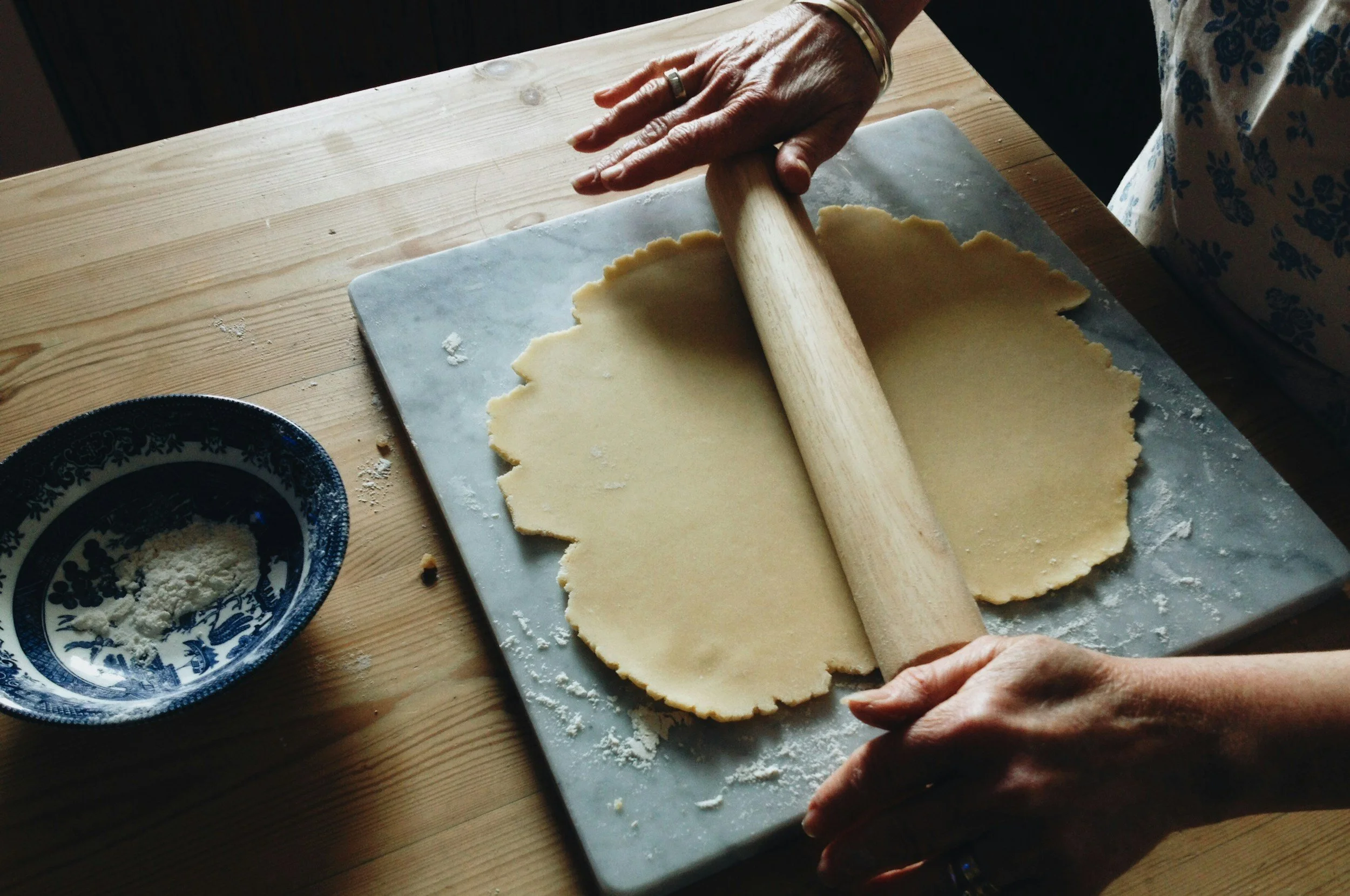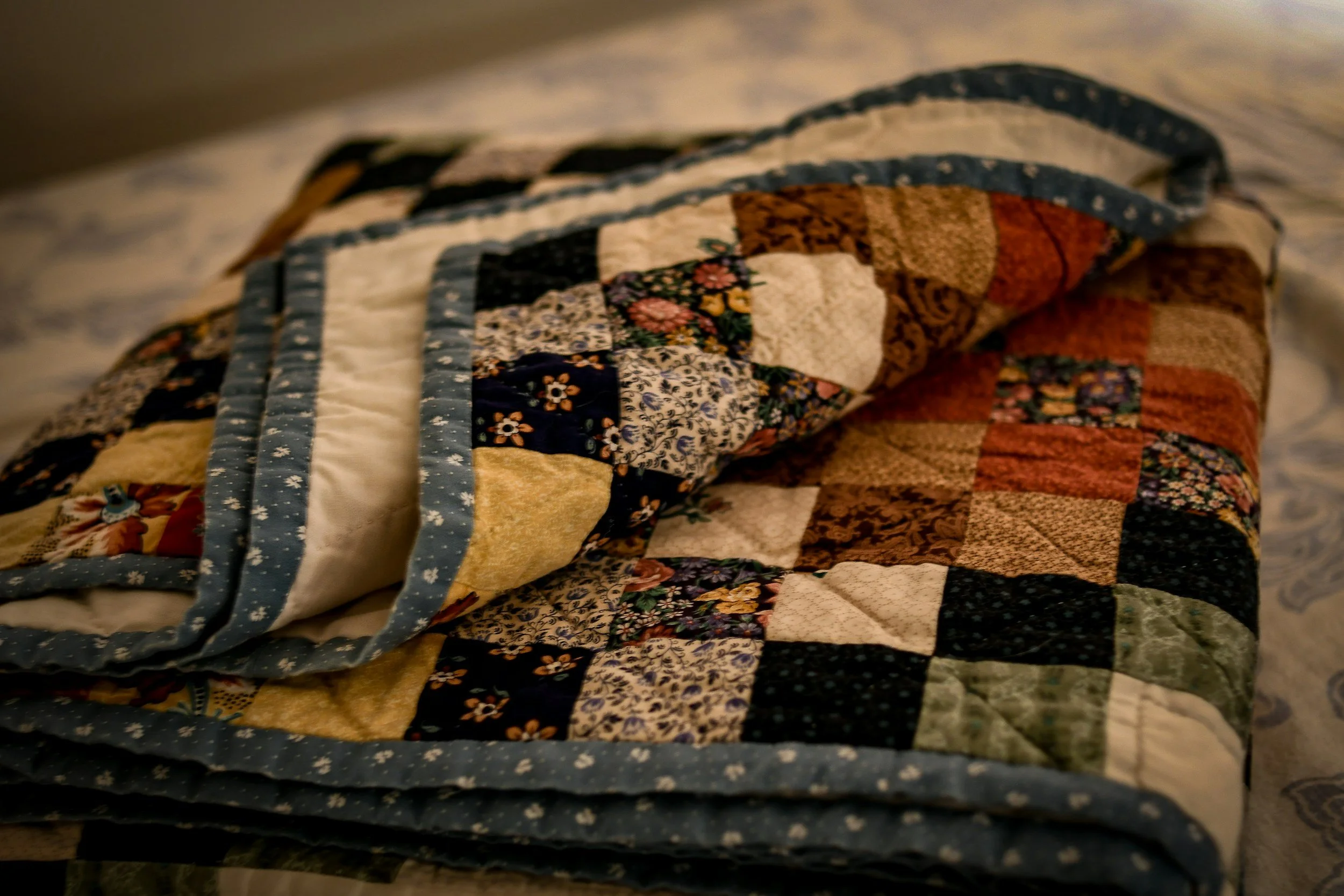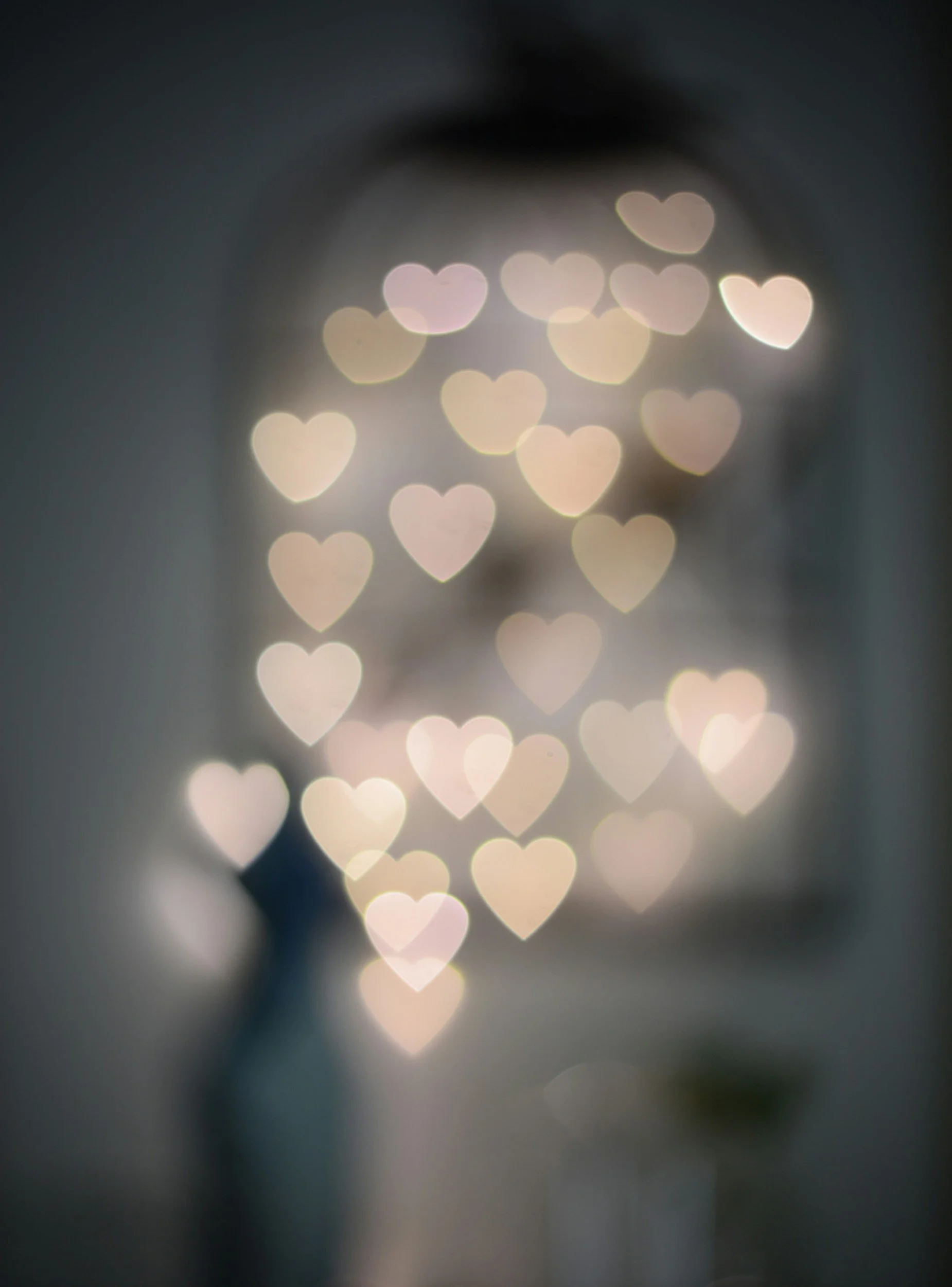Still Moving
Paris is still in confinement, and I’m still jogging early every morning. Each day, I get a little more daring, moving well beyond my permitted one kilometer from home. I pretend not to notice when a police car cruises past me on a side street. I look straight ahead when it stops by a man walking on the opposite pavement, breathing relief that they pick him, not me. We are only allowed out for one hour a day, and without the correct paperwork to prove our identity, the fines are steep. At worst, we will be thrown in jail.
From the corner of my eye, I see the man pull a paper from his back pocket. The tension drains from my body. I mentally shower gratitude on the man who has kept me safe from police confrontation.
I venture up to the Gare du Nord and run along the desolate tracks. The trains are at a standstill in the station, their doors closed, not even the destination of their last journey displayed on the front. I dodge groups of taxi drivers huddled on the sidewalk, their lights beaming green to signal vacancy, their empty cars lining the street. A bus swings around a deserted corner. I am overcome by the stasis of a space that is usually clogged with hawkers, travelers, commuters, and children.
I run down the hill as far west as the Galeries Lafayette department store. I am the solitary being in motion in a city stopped in time. In my head, a voice practices excuses for why I am now twice the permitted distance from my home. Six weeks into confinement, I’m getting good at evading law enforcement.
The sun streams across my face as I run down the Grand Boulevards on an unusually warm spring day. The window displays of the Printemps store are dressed for January. A mannequin is wrapped stylishly in an oversized checked coat, ready to brave the cold. Her knee-high suede boots catch my eye thanks to a bent leg extending forward, as if she is about to skip off into the sunset. The mannequin’s wig is lopsided, suggesting its glue has melted in the direct sunlight. On the opposite side of the boulevard, a café window is filled with towers of chairs stacked on wrought iron–legged tables. The homeless spread out their few possessions on the sidewalk amid a flock of pigeons pecking at the leftover crumbs.
“Bonjour.” I smile and wave to a man as he crawls out of his sleeping bag, his eyes adjusting to the sun. His ashen, unshaven face peeks out from behind disheveled black curls. He greets me by holding up a hand the color of lead, like one of my students asking permission to speak.
I have been running these streets for fifteen years, but only in confinement have I reached such levels of familiarity with the street dwellers. The desolation of the streets means the homeless stay put, setting up camp for the long term. We are building a rapport, me and them, thanks to the repetition, day after day, of our shared morning routines.
The Protection Civile comes at the same hour every morning to check on those living rough. I am usually out of earshot of their conversations, but notice their laughter as I pass. My heart opens at the sight of the smiling faces; I am reassured that someone cares for the physical needs of the homeless.
I keep jogging, leaving all signs of life behind me. I look up to see the empty boulevard ahead. The city is frozen. A solitary paper bag caught on the grate barring the metro entrance flutters in the wind. The ATMs on the outside walls of the banks are boarded. Steel curtains are drawn over shop fronts, graffiti demanding social equality screams out to nonexistent passersby. I am jolted into awareness of the strangeness of a city that I thought I knew well.
I am convinced that the businesses and banks are influenced by events in Italy where stories of looting fill the news. We hear of police with batons and guns outside supermarkets in Sicily, protecting them from customers who dash out without paying. People want to eat. People are afraid. The economy is in freefall. Looting is a necessity.
But poverty was widespread in Italy before COVID-19. The pandemic confronts us with these otherwise invisible social inequalities.
Then again, the Paris shops and banks might be boarded up out of habit. They can’t shake the memory of all those Saturdays last year when the widespread gilets jaunes protests for social and economic justice led to shattered windows, fires, and theft. Protests, pandemic, Paris in August: one solution fits all situations. Empty the displays; shutter the windows; board up the doors.
I read about police violence in the northern suburbs of Paris. It’s not possible to isolate in a tower block when living with ten other people in not many more square meters. People are persecuted for not carrying paperwork to justify their movements. How are they supposed to print the form? How can they be expected to download the app? What if they don’t have a smartphone? Obeying the law demands a level of privilege that shouldn’t be assumed. Les Miserables is happening all over again in Saint Denis.
Posters for the movies scheduled to open a month ago are beginning to wilt, their corners coming unstuck. Publicity posters for a Cézanne exhibition at the Musée Marmatton and another for Christo and Jeanne-Claude at the Centre Pompidou are peeling from their poles. The exhibitions are over before they have begun. The neon lights on the theater at Porte Saint-Martin were on the blink last week. Now, the a is extinguished. The “theatre” has become “tre,” otherwise known as Italian for “three.” The tre little pigs. The tre musketeers. My mind is kept busy for another block imagining all the possibilities that come in threes. Until my attention is taken by the sound of birds singing in the air. I didn’t know songbirds lived in Paris.
Paris in springtime, it’s such a cliché. As banal as it sounds, spring is glorious in Paris. The weather becomes warmer. We start wearing sandals, baring skin. We begin to sit on the canal for coffee and are kept busy cleaning the bird shit off the green metal chairs in the parks. Even though there are no other chairs as uncomfortable as these, we squabble over them as long as the sun is in the sky. Clichés are coined for a reason; spring is more beautiful in Paris than anywhere else in the world. The days get longer, the skies lighter, the sunsets more beautiful. This year, time is passing, and we are not living it. The beauty of nature is irrelevant.
An article appears in the New York Times in which the author roams Paris in confinement, nostalgically rediscovering the romantic city of his childhood: the rooftops of Montmartre, the terraces of his own (haute bourgeoisie) neighborhood, the monuments in the Tuileries. The author rediscovers the “beating heart of Paris” without tourists. The nooks and crannies, Hausmannian grandeur, cobblestone alleys, and the hum of an accordion.
What Paris is he living in? Not the one I see on my morning runs. How did he get permission to wander the streets while the rest of us are stuck at home? Why isn’t he ducking from the police surveillance and showing concern for the homeless struggling to feed themselves? What deal did the New York Times make with the authorities to secure special dispensation for its journalists?
I wonder if the New York Times would be interested in my perspective on Pandemic Paris. I could write about a Paris, “denuded of tourists,” the metro steps covered in pigeon poop. Or perhaps: Paris, like a country town nestled in mountainous foothills, blanketed in a silence disturbed only by the screams of a local madwoman, the solitary street wanderer after dark. I could alert readers to all those romantic nooks and crannies, newly discovered while hiding from cruising police cars.
Paris in the New York Times is no more real than the fantasy of the Bordeaux plane passengers in René Clair’s 1924 film Paris Qui Dort. I regularly show this French silent cinema gem to my students. This year, the film has an eerie resonance. There are days when I feel as though I have stepped back in time, into the movie.
The film opens in the middle of the night when six people arrive in Paris on an airplane and meet Albert, the keeper of the Eiffel Tower. They have been lucky to evade a mysterious “crazy ray” that has struck Paris and brought its streets to a standstill. The static and silent city is a perfect ruse to showcase the qualities of the cinematic medium: still photographic images that wait for the projector switch to be flipped before being put into motion. Clair has his cast of characters profit from the freezing in time enabled by what turns out to be a mad scientist’s experiment. The travelers fall in love, steal money, imbibe champagne that isn’t theirs, and indulge in a Rabelaisian carnival atop the Eiffel Tower. The group eventually tires of the freedom that comes with Paris at a standstill and the revelers go in search of the cause of the surreal conundrum. They miss the vibrancy of time in motion. They yearn for the magic of the cinema’s moving images.
I know how they feel.
It’s 5 p.m. I look out of my window and see a perfectly still, silent street. There is no sign of human life. The usually noisy boulevard is quiet, like a funeral awaiting the arrival of the corpse. Not a car in sight. I miss Paris without cars, the honking of horns, revving of engines. I am envious of the bon vivants in Paris qui Dort. I wish I could find a scientist to flip the switch and bring Paris back to life. The news reports that a vaccine is likely to take more than a year. I go back to my sofa and listen for the songbirds.
I am out jogging again, excitedly moving through the city. A man stands in the middle of the faubourg and photographs the Porte Saint-Martin. The rusticated triumphal arch has never looked so lonely. It’s the middle of spring and there are no tourists, no shoppers, no delivery trucks. No one. I take a photo of the man taking a photo because it seems more novel than the old limestone arch itself. The structure will always be there, with or without a pandemic. It’s simply another staple of Paris life that we take for granted, or ignore altogether, until a bat flu comes and turns our streets into the set for a silent science fiction movie.
Back in my apartment, I look at the photo of the man taking a photo and it triggers a longing to ride my bike across the river, to the other side of town where famous monuments stand tall and tourists block sidewalks to take selfies, to the annoyance of the impatient locals. I cast my mind to the world outside my field of vision: the damaged, scaffolding-clad hull of Notre-Dame, the waters of the river Seine, calm and free of barges. I take heart when imagining the statue of Louis XIV at the Place des Victoires, dressed like a Roman Emperor on his prancing horse. Cast in bronze, the two of them, little Louis and his horse, forever stuck on their pedestal, with or without COVID-19.
What if I am in confinement forever? I start to panic and put away the photos.
It’s 10 a.m. on the following sunny Saturday morning, and I stretch my hamstrings on a bench at the Place de la République, cooling down from my run.
“Voleur . . . voleur . . . voleur . . .” A woman’s voice screams across the empty square.
Stealing a woman’s handbag at the Place de la République, in the middle of confinement, at the very hour when two dozen police arrive, without fail, every morning. That’s smart.
I have become used to watching the police ease out of their cars, tug at their overloaded belts, don their sunglasses. I, like the police, have become as regular as the chime of Big Ben. The guys on their skateboards disappear, I do one last stretch in the sun, and the police begin their work for the day at the Place de la République: stopping cars, children, grandfathers, and unsuspecting workers, demanding their paperwork. Their presence seems so unnecessary. Until this one spring morning when a woman has her bag stolen.
Within seconds, the police disappear down three different metro openings.
I wait ten minutes, hoping to see the commotion move aboveground. Nothing happens. My one hour of outdoor activity allotment expires, and I return home for another day inside my apartment.
The following Saturday is May Day. As usual, I finish my stretches as the police are arriving at the Place de la République. The president announced a couple of days previously that, if the numbers keep falling, we will be let out on May 11.
“Observe social distancing.”
“Wear a mask.”
“Wash your hands.”
The endless stream of instructions means very little to people like me who are isolated, alone, twenty-three hours of the day indoors, following the law. Then as the calendar turns to the month of May, anticipation for the eleventh is high; everything is going to change, the instructions are about to become the new law.
The police vans roll up and park higgledy-piggledy in front of Habitat on the east side of the square. No need to stay off the sidewalk because pedestrians belong to a different historical moment. The police climb out of their cars, without masks, slapping each other on the back, kissing on the cheeks, showing off pictures on their telephones.
“What’s going on?” I ask a man with a camera.
“They’re preparing for the May Day protest.”
“What protest? There’s no one here.” I look around in case I have missed the crowds.
“I know, I know,” he concedes. “But they’re here.” He nods in the direction of the gaggle of police.
A woman in her midsixties starts an argument and is promptly dragged by the arms before being thrown in the back of a van. A man yells his support for workers’ rights from the entrance of the metro. Within seconds, the police pounce on him.
“Monsieur, your attestation.” I hear them yell.
“I don’t have one. But I’m obeying the social distancing laws,” he retorts. “You aren’t.”
A policeman on either side threads an arm under the culprit’s and guides him toward the van. I imagine the camaraderie that he will strike up with the 1970s’ feminist already inside. At least they have each other.
The police stand in a semicircle with the statue of Marianne behind them. Marianne, Goddess of Liberty, symbol of the triumph of equality in the Fifth Republic. She would be appalled at their treatment of the hecklers locked in the back of the van. Out of sight, but not out of the minds of us who want to know what’s going on. A television crew arrives, and the police begin to rehearse a socially distanced performance for the cameras. I am too far away to hear what they say.
I leave because I’m well over my one hour of permitted exercise.
The next time I leave home, it’s to meet my friend Sue for a socially distanced, though forbidden, walk around our neighborhood. Socializing between households is illegal. I walk on the footpath while she uses the middle of the road, and we pretend not to know each other.
I see the people on bicycles and am filled with envy.
“Do they have permission?” I make my irritation clear.
“Maybe they are going to work,” Sue responds.
“Doesn’t look like it.” I snap.
“What does someone look like if they are going to work on a bike?”
“I don’t know. But I hope the police catch them.”
I am surprised at my anger for those who enjoy mobility in this time of stagnation. I am so envious, and yet, I don’t dare ride my bike.
I obey the laws. Except when I stretch them a little to meet my wants and needs. That’s different. The voice in my head justifies my small disobediences.
I go home and cling to the safety of law-abiding stillness and solitude in my apartment. This too has its challenges. Inside, time keeps ticking. Every day brings another twenty-three hours to fill. Time moves, but not fast enough. I sit very still on my sofa, searching for things to do, ways of getting to the next morning, to the next sunshine-bathed run through the streets of a ghostlike city.
I can’t decide if it’s easier to be sedentary inside my apartment with too much time on my hands, yearning for the outside, or to experience my body in motion in the flow of time outside, always overshadowed by the threat of being caught. My relationship to time and motion has become complicated. I am exhausted from sitting on my sofa, endlessly grappling with the options before me, wanting to move to where I am not.
-Frances Guerin
Frances Guerin is an Australian writer and critic, living in Paris where she has been confined for almost a year. She teaches art and visual culture at the University of Kent in Paris. She has published widely in the fields of film, art, and visual culture. Her creative writing brings together a lifelong love of still and moving images and an ongoing commitment to the issues that concern women in the twenty-first century. Her essays and fiction have been published in anthologies, as well as in magazines such as The Ekphrastic Review, WAiF journal, and The Blue Nib.





















